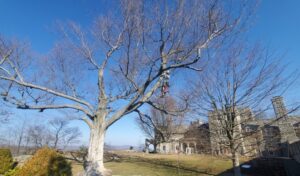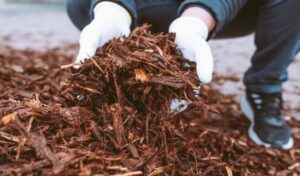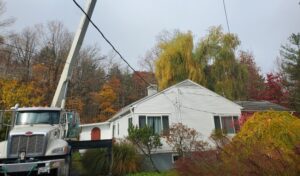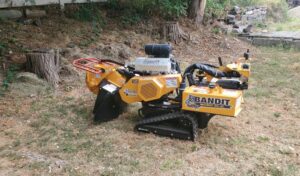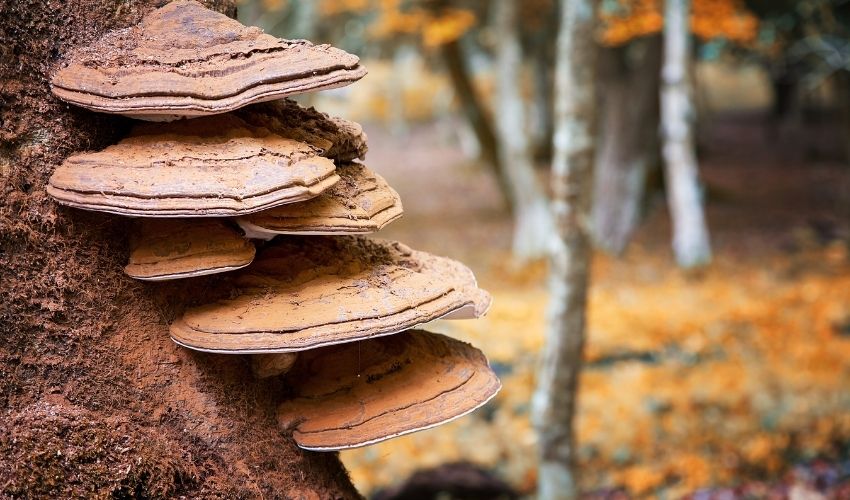
Five Things to Look For When Inspecting a Tree
Trees are subject to a variety of weather conditions, from the heat of a New York summer to heavy winds, torrential downpours, snow, ice, and sleet. In addition to weather, all kinds of events and activities can result in structural problems that could require tree removal, structural pruning, or cabling and bracing (a technique we use to stabilize some trees).
Here’s what to look for on the trees on your property.
# 1 – Dead or Decayed Wood
Look for the following issues:
- broken branches,
- heavy insect infestation,
- absence of leafing, and
- other symptoms that might point to a tree that is degrading rapidly.
Dead or decayed portions of your tree should be removed immediately to reduce the risk of damage to property or even serious injury and death to someone who happens to be too close if the tree or a large branch falls suddenly. If your trees have many dead branches or large portions of decayed wood in the trunk, call Hill Treekeepers right away.
# 2 – Weak Branch Unions
Take a close at the areas where branches join the trunk or a larger branch (this is called the branch union). If this union has two or more branches all joining at one point, this could be a defect in the tree structure. It often leads to water retention in a pocket where the branches come together; retained water can make the wood soft to the point of rot.
What you want to see are branches that attach to the trunk with a raised area, known as the branch collar. A strong branch union has this characteristic thickening.
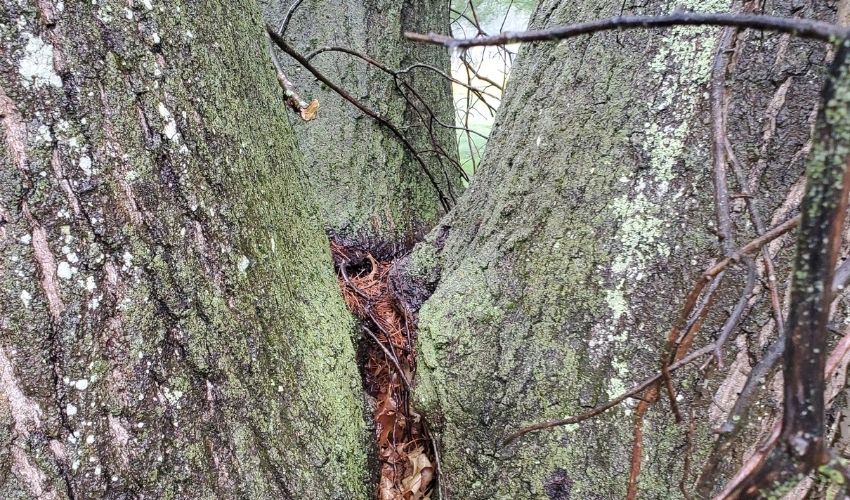
Water and debris gets trapped in the narrow space between co-dominant stems, leading to decay.
# 3 – Cracking and Cankers
During your tree inspection, keep an eye out for deep or wide cracking that extends deeper than the bark. Any cracks that extend through the trunk may indicate the need for hazardous tree removal.
Cankers cause the bark to fall off, so look for peeling bark. Other cankers weaken the wood fibers in the tree.
Both cracks and cankers can be especially dangerous if they occur at the site of another defect, such as a weak union or dead branch.
# 4 – Root Issues
Soil issues can cause serious problems with tree roots, weakening the stability of your tree and reducing the amount of nutrients and water that’s absorbed. Common causes of root problems to look for include:
- Excavation around the base of the tree (such as during a construction or landscaping project)
- Soil erosion or removal
- Changing the grade of the surrounding soil or piling soil around the tree
- Soil compaction, such as from vehicle traffic over the tree’s root zone
- Standing water around the tree
- Overgrown roots that wrap themselves around the tree base, a condition known as “girdling”.
Trees with root issues are extremely prone to falling during a wind or snowstorm, and could pose a threat at any time. Catching some problems early enough may save the tree.
# 5 – Leaning, Unbalanced, or Ill-proportioned Trees
Poor pruning, storm damage, soil problems, and strange growth conditions can result in trees that lean, grow disproportionally in one direction, or have a highly unbalanced canopy. Not only do these trees look unattractive, but they can also pose a serious risk to structures and people around them.
Hill Treekeepers specializes in saving trees in this unique situation. Many may be saved through intense treatment and careful maintenance, but some may need to be removed.
Need Help With Tree Inspection?
Contact Hill Treekeepers if you notice any of these conditions. We can handle hazardous tree removal or help with a creative solution to your problem.
Share this online!
Get the highest quality of tree services for residential and commercial properties in the Hudson Valley area. We look forward to working with you!
TOPICS
Recent Articles
Don't Miss the Next Update!
Join the thousands of smart Hudson Valley residents who get the monthly newsletter from Hill Treekeepers. It's full of helpful information you won't want to miss!

